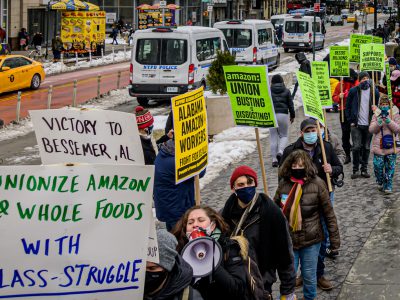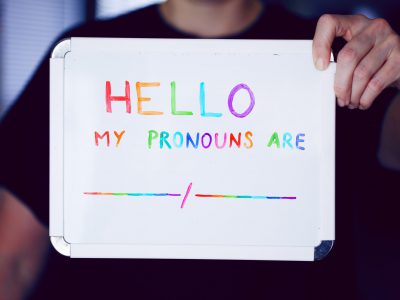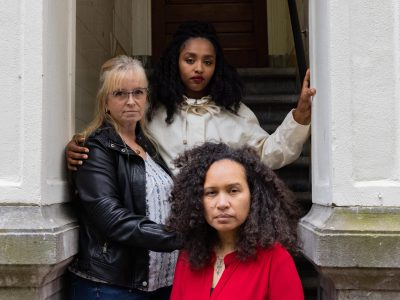WP_Post Object
(
[ID] => 3435
[post_author] => 2
[post_date] => 2021-11-11 12:32:06
[post_date_gmt] => 2021-11-11 12:32:06
[post_content] => Bond is a sex addict, but he doesn't really love women—unless they are dead.
The current James Bond, Daniel Craig, looks like a working-class man who puts in hours at the gym. If you watch his body, you think: That’s where I’ll find him, doing burpees. Sean Connery, who was the first to play 007—he and Craig are considered the best of the Bonds—was the same type. Broad and solid, he walks through the corridors of power with a sullen expression on his face. His fists itch. He is keenly addicted to these places because the people who work there let him kill things. But he does not belong there.
James Bond is not, however, packaged as a working-class man. He wears bespoke suits from Jermyn Street, the London address synonymous with timelessly elegant and very expensive men’s clothes. When you see him, you imagine a copy of Esquire or GQ just beyond his reach. His accessories are a constant reminder that Bond is a highly lucrative franchise. In “No Time to Die,” reports jamesbondlifestyle.com, “James Bond’s Tom Ford Tuxedo is presented to him in a Bennett Winch The S.C Holdall Suit Carrier”—a high end twill weekend bag that retails for about $845.
This James Bond is both a salesman and a product—a quintessentially British brand, like Devon fudge or Cheddar cheese. He sells suits, shirts, watches, shoes, ties, bags—and, especially, cars. Bond is a tenacious and destructive car salesman. A British patriot, he usually drives an Aston Martin— in “No Time to Die” there are four of them—but, as with women, he isn’t fussy. In the same film a Toyota Land Cruiser takes out two Land Rovers in a Norwegian wood.
It feels as though every new Bond film precipitates a feminist debate. I think this is part of the marketing strategy, trying to keep a man from the past relevant, but women are not important to Bond. We think they are because they so often appear naked in front of him, but they are important the way peacocks are important, and you don’t improve a fairy tale by inviting real women in. Bond likes them pretty and even better dead. Mrs. Bond lived a single afternoon in “On Her Majesty’s Secret Service,” and it was righteous. Fairy tale creatures can’t take responsibility. Then it was back to dull and repetitive objectification: of Beautiful Firm Breasts in floating beds or escape pods with windows and Venetian blinds. Two of his women were called, quite literally, Pussy. Others were named for sex acts: Goodhead, Onatop, O’Toole and even Chew Mee, which is outrageous. Bond is so obviously a sex addict there is little else to say. He keeps his cars longer than his women; in "Skyfall," the Aston Martin DB5 even had a garage like a marital home. He did have a female boss for a while (Judi Dench), but she died in his arms, like a broken little girl or a bad mother. Fleming called his mother M, and his women are death-stalked breasts.
Ian Fleming, the man who invented Bond, was an upper middle-class journalist who worked at the foreign desk of the Sunday Times and was a sometime secret agent who lost his father in the First World War. Both Bond and Fleming are orphans, and all Fleming’s anger and longing meet in Bond, named for an ornithologist who became famous in the 1930s; because if an ornithologist can seduce and save the world, who can’t?
Let us not forget that James Bond is just a civil servant—albeit one who, according to the Ian Fleming books, had an unlimited overseas expense account. According to one British newspaper, his salary would be the equivalent of $120,000, and that won’t buy many Tom Ford dinner suits. But he doesn’t live like a civil servant. He lives like an oligarch without boundaries: he lives like a villain. When the villain says to Bond, as he often does, “we are the same person, you and I”—and Ernst Blofeld is explicitly his adoptive brother, according to “Spectre” (2015)— he means this. Want to see my new cufflinks, bro? Our beloved Bond is a Franken-Bond then: not so much a man who isn’t there as a man who cannot be. He’s not a character because he doesn’t make sense. He is a myth. No wonder Daniel Craig looks exhausted. No wonder, too, that my favorite Bond is the 2012 short film “The Queen and James Bond,” set at the London Olympics, in which 007 delivers Elizabeth II from Buckingham Palace to the opening ceremony in a helicopter. Myth to myth, they fall into the sky.
“No Time to Die” makes no attempt to conceal that Bond is a creature from a fairy tale. In this latest instalment we have two imprisoned princesses, one ogre, and a poison garden. No matter; or, rather, more please.
James Bond is, 10 novels and 25 films in, the third most lucrative cinema franchise in history—behind “The Avengers” and the Harry Potter series. This is suitable because he is both an Avenger without a cape and Harry Potter without magic. Sean Connery called him “an invincible superman” and “this dream we all have of survival” who “thrives on conflict” though “one can’t help liking him.” Of course, we do. He is our proxy soldier and lover; our only authentic superhero, apart from, possibly, King Arthur (and didn’t Merlin do all the real work, just as Q does?) Marvel’s Captain Britain never really took off, so we won’t include him.
James Bond’s chief raison d'être is to inhabit the fantasy of British power. There are multiple drugs in Bond, but the big one is global hegemony. It’s the dream that only the villain can give voice to, the villain we are invited to despise. “World domination, same old dream,” says Roger Moore in “The Spy Who Loved Me.” Every film has shots of Imperial London—the calming scenes when Bond returns from dangerous foreign lands. But the Empire is long gone, except in the mind of this tiny man who is a bit like Hiroo Onoda, the Japanese soldier who refused to surrender in 1945; instead, he hid in the jungle of the Philippines until 1974, when the emperor formally relieved him of his command. A man from the past still alive? That is Count Dracula, and Bart Simpson, and James Bond, who fought in World War Two, which Britain won, and that finest hour was 80 years ago.
It is true that Bond is sadder now, that he has gained some self-awareness, and this has ruined him. In the opening sequence of “No Time to Die” Britannia lies in sand—like Ozymandias, but next to an Aston Martin. Bond is 99 years old, entombed in Tom Ford and a dream that has now broken. You can see his misery in his face. Still, some things endure. A Black woman (Lashana Lynch) is 007 for most of “No Time to Die” but, as M retreated into useless femininity in “Skyfall,” so does Lynch as 007. She leaves the war in a dingy with the women and children, which a male 007 would never do. I won’t tell you the ending, but Bond makes breakfast for a child, and he doesn’t make sense peeling a mango. The new James Bond will collide with Brexit Britain. I cannot think what happens next.
[post_title] => The feminist debate about James Bond is a marketing strategy
[post_excerpt] => James Bond is the third most lucrative cinema franchise in history—behind 'The Avengers' and the Harry Potter series. He is a British export, like Cheddar cheese or Devon fudge. He is also a man who represents nostalgia for a time, long ago, when Britain ruled over an empire.
[post_status] => publish
[comment_status] => closed
[ping_status] => open
[post_password] =>
[post_name] => the-feminist-debate-about-james-bond-is-just-a-marketing-strategy-for-the-brand
[to_ping] =>
[pinged] =>
[post_modified] => 2024-08-28 21:15:12
[post_modified_gmt] => 2024-08-28 21:15:12
[post_content_filtered] =>
[post_parent] => 0
[guid] => https://conversationalist.org/?p=3435
[menu_order] => 163
[post_type] => post
[post_mime_type] =>
[comment_count] => 0
[filter] => raw
)




 Industrial Workers of the World (IWW) demonstration in New York City, 1914.[/caption]
Today, workers face serious legal barriers to organizing under a system of labor law that favors the employer. Over the years, these laws have restricted the scale with which strikes can be organized and the total number of workers who belong to unions. At the peak of organized labor in 1954,
Industrial Workers of the World (IWW) demonstration in New York City, 1914.[/caption]
Today, workers face serious legal barriers to organizing under a system of labor law that favors the employer. Over the years, these laws have restricted the scale with which strikes can be organized and the total number of workers who belong to unions. At the peak of organized labor in 1954, 






